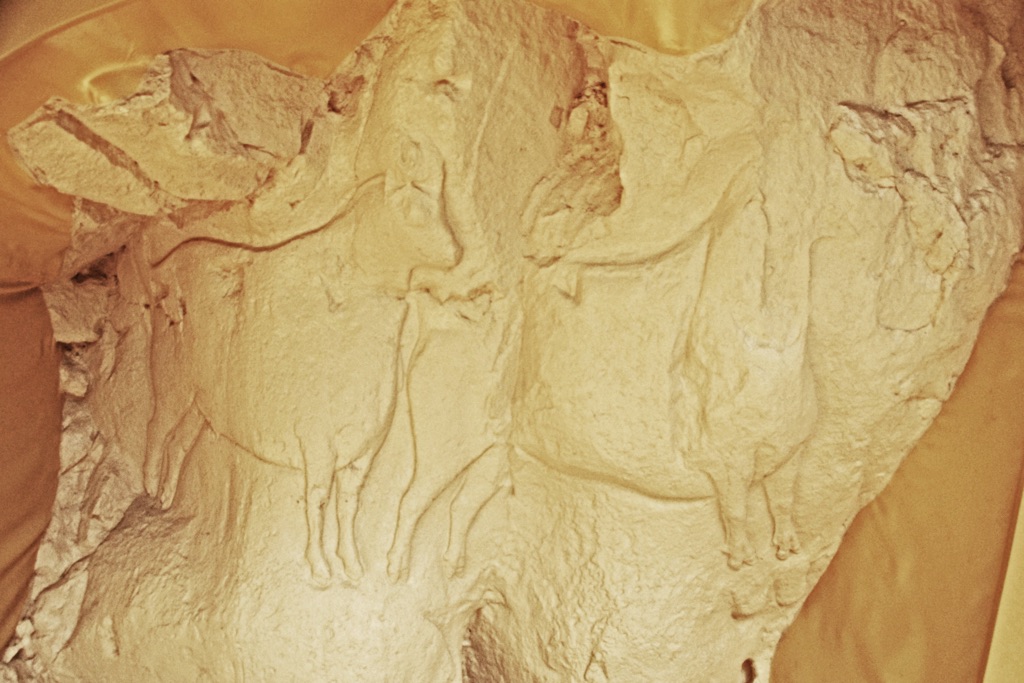The Roc-aux-Sorciers is an Upper Paleolithic rock shelter site famous for its engravings and relief sculptures. Discovered in 1950, it’s often referred to as the “Sistine Chapel of Prehistory.” The artworks date back to around 14,000 years ago, providing insight into the lives and beliefs of our prehistoric ancestors. This site is a significant archaeological…
Magdalenian culture
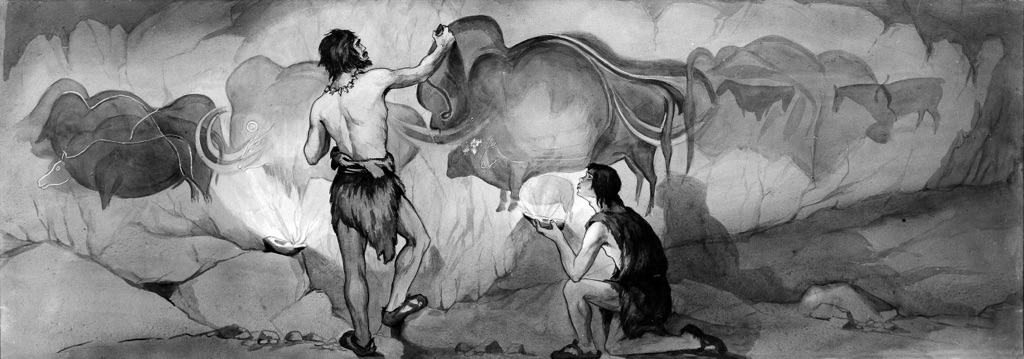
The Magdalenian culture, flourishing in Europe around 17,000 to 12,000 years ago, during the Upper Paleolithic period, represents a zenith in the artistic and technological achievements of prehistoric humans. This era, named after the La Madeleine site in France where its characteristic tools and art were first discovered, marks a period of significant advancement and sophistication in human history. The Magdalenian people were hunter-gatherers, adept at adapting to the harsh, glacial conditions of the Last Ice Age. Their survival and flourishing during such a challenging epoch speak volumes about their resilience and ingenuity.
Central to the Magdalenian culture was its art, which is among the most striking and evocative of any prehistoric period. The Magdalenians left behind a rich legacy of art, including intricately carved bone and antler tools, as well as stunning cave paintings found in locations such as Lascaux and Altamira. These artworks provide a window into the world of our ancestors, showcasing a deep appreciation for the natural world and a sophisticated understanding of human and animal anatomy. The depictions of animals, such as horses, bison, and mammoths, are not only remarkable for their detail and realism but also suggest a spiritual or ritual significance, hinting at the complex belief systems of these ancient peoples.

Technologically, the Magdalenian culture was equally impressive. The development of specialized tools, including harpoons, spear throwers, and needles, demonstrates a high degree of innovation and craftsmanship. These tools not only improved their efficiency in hunting and fishing, significantly contributing to their subsistence strategies, but also enabled the creation of tailored clothing, which was essential for survival in the Ice Age climate. The sophistication of Magdalenian tools and the variety of materials used, from bone and antler to ivory, reflect a deep understanding of the properties of different materials and a capacity for abstract thought and planning.
FAQ: Unveiling the Magdalenian Culture
What is the Magdalenian culture known for?
The Magdalenian culture is renowned for its significant contributions to prehistoric art and toolmaking during the Upper Paleolithic period. This culture, which thrived in Europe, is especially famous for its sophisticated cave paintings, intricate engravings, and sculptural works depicting animals and human figures. These artworks not only showcase the artistic skills of the Magdalenian people but also provide insights into their spiritual beliefs and interactions with the environment. Additionally, the Magdalenian culture is recognized for its advancements in tool technology, including the creation of harpoons, spear throwers, and needles, which indicate a highly developed hunting and sewing capability.
What did Magdalenian people look like?
The physical appearance of Magdalenian people can be inferred from skeletal remains and artistic depictions found in their archaeological sites. They were early modern humans, and their physical characteristics would have been similar to those of contemporary Homo sapiens. This includes a variety of body sizes, facial features, and skin tones, likely adapted to the cold glacial environment of their time. Artistic representations, although stylized, suggest that they wore clothing made from animal skins and possibly adorned themselves with jewelry and other personal ornaments, indicating a sense of community identity and individual expression.
What tools did the Magdalenian people use?
Magdalenian people were adept toolmakers, utilizing a wide range of materials such as bone, antler, stone, and ivory to create a diverse toolkit. Their tools included finely crafted blades and microliths for cutting and scraping, harpoons and spear throwers for hunting, needles for sewing garments, and burins for engraving and sculpting. The sophistication of Magdalenian tools reflects a high degree of technological innovation and specialization, enabling them to efficiently exploit their environment for food, clothing, and shelter.
When did the Magdalenian culture exist?
The Magdalenian culture existed during the latter part of the Upper Paleolithic period, approximately from 20,000 to 11,000 BC. This era marks the end of the last Ice Age, a time when Europe was undergoing significant climatic changes that transformed landscapes and ecosystems. The Magdalenian period is characterized by a flourishing of human creativity and technological advancement, culminating in some of the most remarkable achievements of prehistoric art and toolmaking before the advent of the Neolithic era and the eventual transition to settled agricultural societies.
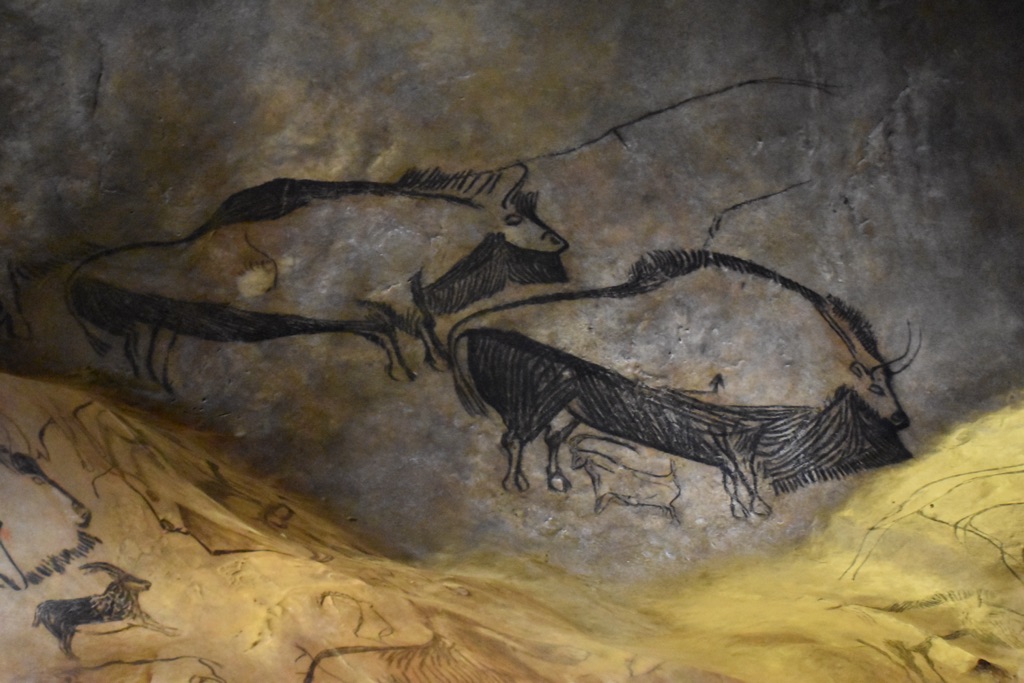
Grotte de Niaux
The Grotte de Niaux is a cave in the French Pyrenees known for its prehistoric cave paintings. These artworks are remarkable examples of Paleolithic art, showcasing the skill and creativity of our ancestors. The cave is part of a larger network of caves in the region, which served as a canvas for ancient humans. The…
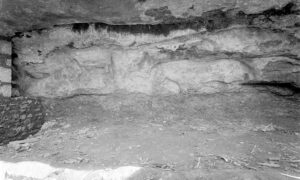
Abri de Cap Blanc (Cap Blanc Rock Shelter)
The Abri de Cap Blanc is a prehistoric rock shelter located in the Dordogne region of France. It boasts a remarkable frieze of prehistoric sculptures dating back to the Upper Paleolithic period. The site is renowned for its detailed carvings of horses, bison, and human figures, which provide invaluable insights into the lives and artistic expressions of early humans. Recognized for its historical significance, Abri de Cap Blanc has been designated a UNESCO World Heritage Site as part of the Prehistoric Sites and Decorated Caves of the Vézère Valley.
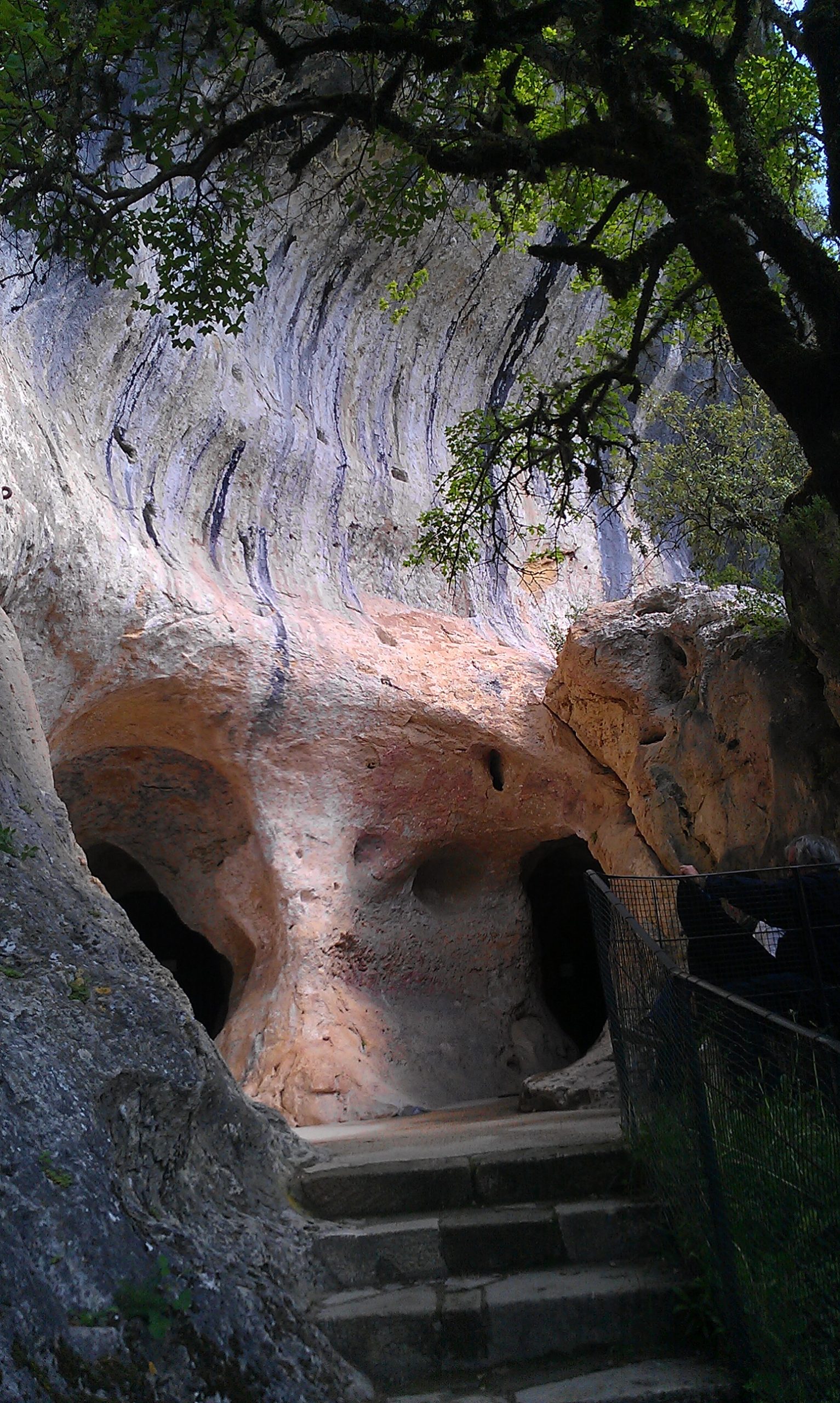
Grotte de FontGaume
The Grotte de Font-de-Gaume is a prehistoric cave located in the Dordogne region of France. It holds significant historical importance due to its Paleolithic cave paintings. These artworks are some of the few remaining polychrome, or multi-colored, paintings from this era. The cave is a key site for understanding early human artistic expression and has been a focal point for studies on prehistoric life. Discovered in 1901, it has since been protected as a cultural heritage site, offering insights into the lives and beliefs of our ancestors.

Grotte de Rouffignac
The Grotte de Rouffignac, also known as the Cave of the Hundred Mammoths, is a prehistoric cave located in the Dordogne department in France. Renowned for its Paleolithic cave paintings and carvings, this site is a treasure trove of ancient art. The cave extends over 8 kilometers and contains over 250 engravings and drawings that have been preserved for thousands of years. The artwork predominantly features mammoths, hence the cave’s nickname, but also includes depictions of rhinoceroses, horses, and bison. The Grotte de Rouffignac is part of the UNESCO World Heritage list, recognized for its outstanding contribution to the understanding of prehistoric Europe.

